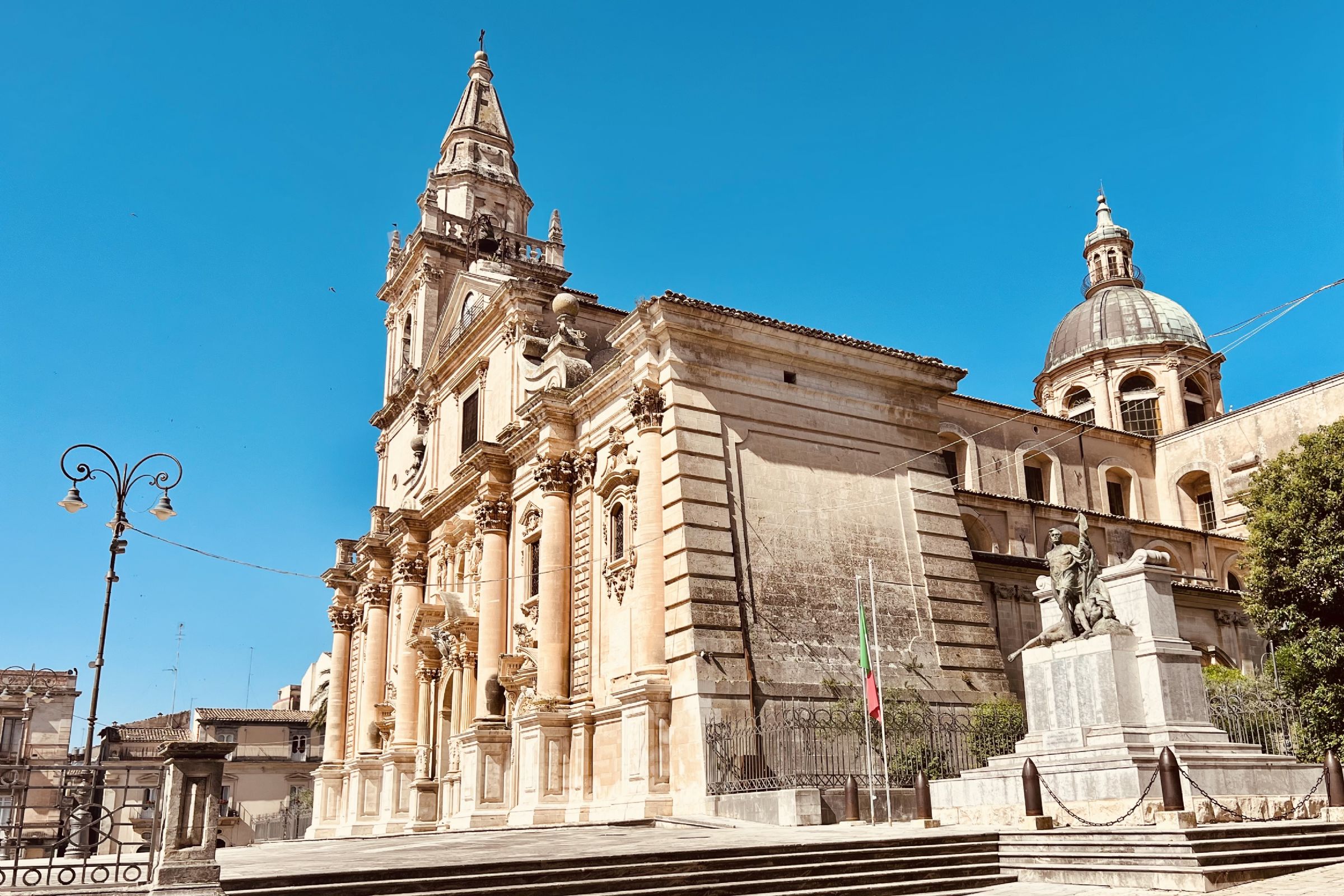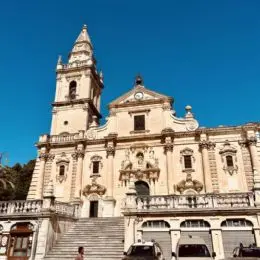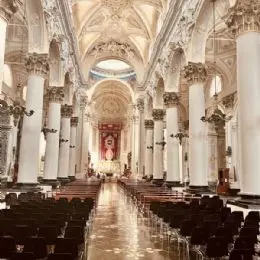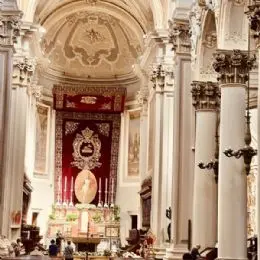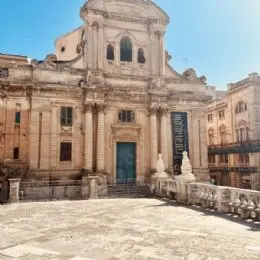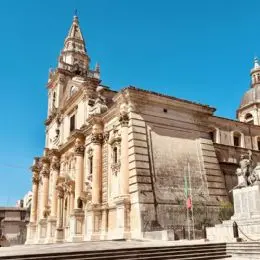Ragusa
The earthquake of 1693 destroyed many inhabited centers which were then rebuilt with a different structure, but the case of Ragusa, built on a limestone rock between two steep valleys, on the southern offshoots of the Ibei Mountains , is unique: here in fact two nuclei resulted. distinct urban areas, separated by a deep ravine, the Valle dei Ponti .
Placed on a ledge of land dominating the valley, the suggestive old town, Ragusa Ibla , very characteristic and rich in atmosphere, was completely razed to the ground, and within a few years a new city was built, built higher up on a long spur immediately to the west. Unlike Noto Antica , Ibla was stubbornly rebuilt by its inhabitants, while continuing to maintain its medieval appearance, while its neighbor, simply called Ragusa, developed on the basis of a pre-established urban plan according to a checkerboard road system.
The rivalry between the two centers continued until 1926, when the two cities were officially reunited. Ragusa Ibla rapidly depopulated and trade and industry were moved to the prosperous upper town. In recent years, a complete transformation has taken place: Ibla has taken advantage of EU funding to refurbish its bumpy streets, giving its central nucleus a shining aspect and it seems to have devoted itself to refined tourism, so that old houses and palaces today host elegant B & Bs , artistic cafes and trendy trattorias .
What to see in Ragusa
Ragusa Ibla
The first vision offered by Ragusa Ibla is the breathtaking spectacle that presents itself as you descend along the narrow bends of Corso Mazzini : the austere gray of the buildings, in contrast with the green of the surrounding countryside, is enlivened here and there by the splashes of color on the facades of the buildings. Baroque palaces and the majolica-clad dome of the Church of Santa Maria dell'Itria .
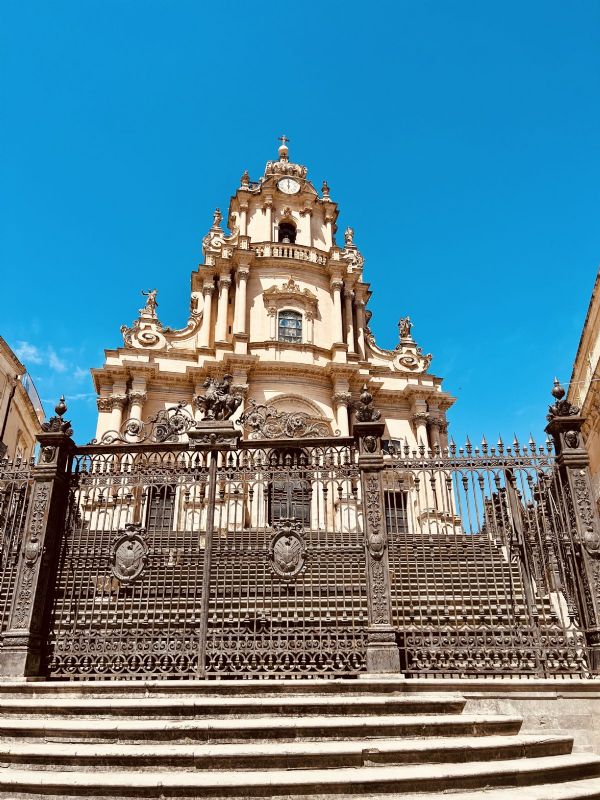
In Piazza della Repubblica at the Church of Purgatory on the high altar stands a painting depicting the Souls in Purgatory by Francesco Manno. In addition to admiring the myriad of palaces and churches that follow one another uninterruptedly, continuing east along the Via del Mercato you can admire Piazza del Duomo with its central row of palm trees whose west side is dominated by the Cathedral of San Giorgio .
This church stands at the top of a high staircase and is characterized by particularly elegant lines and a monumental facade with a slightly convex shape that accentuates its grandeur compared to the square below.
At the eastern end of the old city is the Giardino Ibleo , a beautiful public park created in the 19th century, ideal for a picnic, which houses the ruins of three medieval churches: the Church of San Vincenzo Ferrari , the Church of San Giacomo erected in 1563 and of which a very interesting frescoed ceiling remains, and the Church of Sant'Agata with a splendid altar and three notable works by the painter Pietro Novelli.
The Gothic-Catalan style portal of what was once the Church of San Giorgio Vecchio, now almost totally in ruins, is also valuable.
Information
The railway station is located in Piazza del Popolo and the interurban bus station is in the nearby Piazza Gramsci. The old city can be reached along Corso Italia until you reach the stairs, or by choosing the winding road that descends to Ibla with many curves.
Cathedral of San Giovanni Battista, Ragusa
